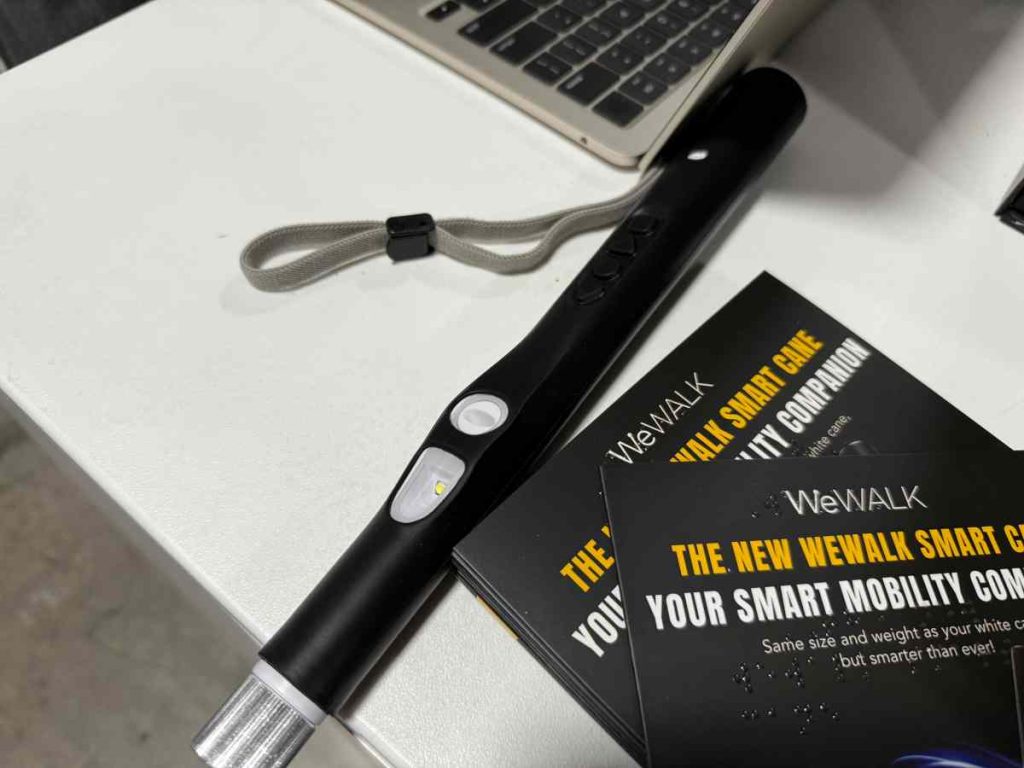White cane for the 21st century. While many technology companies have worked increasingly to make technology more accessible to the blind and visually impaired, canes have not benefited much from these advances.
London-born WeWalk takes a more traditional approach to the white cane. Beyond the larger handle, the company’s product doesn’t stand out much visually from a standard folding cane.
The company currently offers two models: the $850 Smartcane 2 and the $1,150 Smartcane + 2. The main difference between the levels is the latter’s inclusion of a voice-controlled assistant – a seemingly invaluable tool for a visually impaired person on the go. In addition to detecting obstacles at ground level, the system is capable of detecting potential obstacles above.
The system connects wirelessly to an iPhone/Android smartphone, allowing users to receive walking instructions directly from the cane via an onboard speaker. The buttons on the handle can also be used to interface directly with the phone, missing the tactile experience of smartphones.
Parked next door on the CES show floor, Washington state-based Glidance is a much newer entrant on the scene. The startup describes its product, Glide, as an “autonomous, self-driving mobility aid,” or simply a robot. Instead of the more standardized form factor, the Glide features a handle attached to a wheeled base.
The $1,500 system ($1,799 with an annual subscription) is currently in soft release mode, after an initial order. The system features a pair of stereo-depth cameras and takes a more technically sophisticated approach. In addition to avoiding obstacles, it will warn the user when approaching a door, elevator, stairs or curb, and will temporarily lock when it reaches an intersection to avoid oncoming traffic.
The company says a shipping product is about a year out. Glidance has raised a pre-seed of $1.5 million and is currently in the process of closing a $5 million seed.


